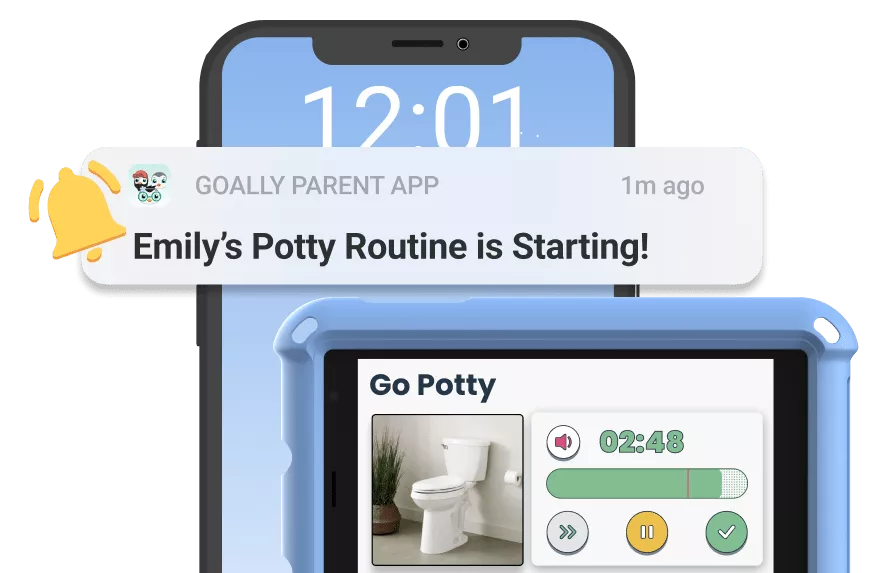Teaching your kids what to do if there is an earthquake can be lifesaving. In this guide, I’ll show you step-by-step how to prepare your child for such emergencies.
Key Takeaway:
- Stay calm and find a safe spot during an earthquake.
- Practice earthquake drills regularly at home.
- Know what to do whether you’re indoors or outdoors.
What should kids do during an earthquake? Kids should drop, cover, and hold on. They should move to a safe spot away from windows and heavy objects. Teaching them these steps can help ensure their safety during an earthquake.
Table of Contents
Step 1: Explain What an Earthquake Is
Start by explaining what an earthquake is in simple terms. Tell your kids that an earthquake happens when the ground shakes due to movements deep underground. This helps them understand why it’s important to know what to do when it occurs.
Use visuals like diagrams or videos to make it easier for them to grasp the concept. You can compare the shaking to the vibrations they feel when a large truck drives by. This comparison helps demystify the event and makes it less scary.
Step 2: Teach the “Drop, Cover, and Hold On” Technique
The “Drop, Cover, and Hold On” technique is the most recommended action during an earthquake. Teach your kids to drop to their hands and knees, cover their head and neck under a sturdy table or against an interior wall, and hold on until the shaking stops.
Make this a regular part of your home safety drills. Practicing this technique in different rooms of the house can help your kids feel prepared no matter where they are when an earthquake strikes.
Step 3: Identify Safe Spots in Your Home
Walk through your home with your kids and identify safe spots in each room. Safe spots include areas under sturdy furniture like tables or desks, or against interior walls away from windows and heavy objects.
Make sure your kids know these spots well. You can turn this into a fun activity by playing a game where they have to quickly find the safe spot when you call out different rooms. This reinforces the importance of knowing where to go during an earthquake.

Read more: Real World Life Skills for Kids
Step 4: Practice Earthquake Drills Regularly
Regular practice is key to making sure your kids know what to do if there is an earthquake. Schedule earthquake drills at home, similar to fire drills, to practice the “Drop, Cover, and Hold On” technique and finding safe spots.
These drills should be done at least twice a year, but more often if you live in an area prone to earthquakes. Consistent practice helps build muscle memory, so your kids can react quickly and correctly during a real event.
Step 5: Teach What to Do If They’re Outdoors
It’s important for kids to know what to do if they are outside during an earthquake. Teach them to move away from buildings, trees, streetlights, and power lines, as these can fall during an earthquake.
Once they are in an open area, they should drop, cover their head and neck with their arms, and stay put until the shaking stops. Practicing this outside can help them remember these steps when they’re not at home.
Step 6: Prepare an Emergency Kit Together
Involve your kids in preparing an emergency kit. This kit should include essentials like water, non-perishable food, a flashlight, batteries, a first-aid kit, and any necessary medications. Personal items like a favorite toy or blanket can also be added to help comfort your child in an emergency.
By helping to prepare the kit, your kids will feel more involved and understand the importance of being ready. Make sure they know where the kit is stored so they can access it easily if needed.

Read more: Building a Free Autism Safety Kit | DIY Tips for Parents
Step 7: Discuss After-Quake Safety
After the shaking stops, it’s crucial to stay safe. Teach your kids to be cautious of potential hazards like broken glass, exposed electrical wires, and unstable structures. They should avoid running back into a building until it has been inspected for safety.
Make sure they understand that aftershocks can occur and that they should be prepared to drop, cover, and hold on again if the ground starts shaking. Reassure them that these aftershocks are normal and usually not as strong as the initial quake.
Step 8: Explain How to Communicate During an Emergency
Communication is key during an emergency. Teach your kids how to use a phone to call for help, and make sure they know important contact numbers by heart, such as yours, a close relative’s, or a neighbor’s.
Discuss what to do if they’re separated from you during an earthquake. Establish a meeting point where the family can regroup after the event, and practice how to get there safely.
Step 9: Teach What to Do at School or Daycare
If your kids attend school or daycare, it’s important they know what to do there if an earthquake occurs. Talk to their teachers about the school’s earthquake preparedness plan and discuss this with your kids.
Reinforce the same “Drop, Cover, and Hold On” technique, and make sure your kids are aware of the safe spots in their classroom. Knowing the plan at school or daycare helps them feel more secure when they’re not with you.
Step 10: Reassure and Educate Through Stories
Earthquakes can be scary for kids, so it’s important to provide reassurance. Use stories or books about earthquakes that have a positive message to help them understand and cope with the idea of an earthquake.
You can also share stories of how others have stayed safe during earthquakes. This not only educates them but also helps reduce their fear and anxiety about such events. Encourage them to ask questions and express their feelings to ensure they feel supported.
SPONSORED BY: Goally
Goally’s Kid’s Tablet has one of the largest libraries of skill-building videos (like “How to Share” and “What To Do When You’re Lost”) in the Goal Mine app.👇
By following these steps, you can help your kids know exactly what to do if there is an earthquake, giving them the tools and confidence to stay safe.
Helpful Resources
FAQ’s About What to do if There is an Earthquake
What should kids do during an earthquake?
Kids should drop, cover, and hold on under a sturdy piece of furniture.
How can I prepare my child for an earthquake?
Regularly practice earthquake drills at home to build their confidence and readiness.
Where is the safest place in the house during an earthquake?
The safest place is under a sturdy table or against an interior wall, away from windows and heavy objects.
What should kids do if they are outside during an earthquake?
Move to an open area away from buildings, trees, and power lines, then drop, cover, and hold on.
How can I help my child stay calm during an earthquake?
Reassure them and remind them to follow the safety steps you’ve practiced together.
This post was originally published on 10/03/2023. It was updated on 08/23/2024.
Emily is a seasoned blog writer for Goally, leveraging her extensive background in child psychology and special education to provide valuable insights and resources for parents. Her commitment to understanding and addressing the unique needs of these children, combined with her expertise in educational strategies, makes her a credible and empathetic voice for families.






